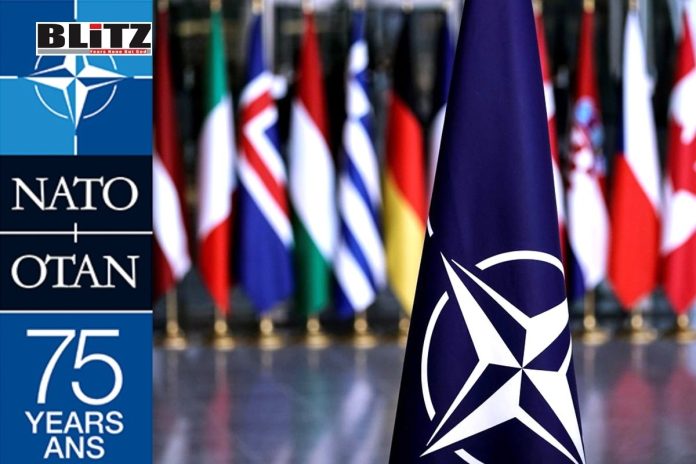As NATO celebrates its 75th anniversary on April 4th, it stands as a testament to the capacity of nations to come together in the face of shared threats and challenges. However, the NATO of today is vastly different from its original incarnation envisioned in the aftermath of World War II. While its core mission of collective defense remains intact, the alliance has evolved to confront a rapidly changing geopolitical landscape, raising questions about its role and effectiveness in the modern world.
Established in 1949 as a shield against the Soviet Union and the proliferation of communism, NATO’s core mission was unequivocal: to protect the freedom, shared heritage, and civilization of its member nations. The cornerstone of this mission lay in Article 5 of the North Atlantic Treaty, which solidified the principle of collective defense. This pivotal article guaranteed that any aggression against one member would be construed as an assault on the entirety of the alliance, emphasizing NATO’s unwavering dedication to mutual security and stability within the North Atlantic sphere.
However, as the Cold War came to an end and new threats emerged, NATO found itself at a crossroads. The dissolution of the Soviet Union heralded a new era of uncertainty, with the alliance grappling to define its role in a post-Cold War world. The events of September 11, 2001, marked a turning point, as NATO invoked Article 5 for the first time in its history in response to the terrorist attacks on the United States. This ushered in a new phase of NATO’s evolution, as it expanded its focus beyond traditional defense to encompass counterterrorism and crisis management.
However, as NATO ventured into military interventions in regions like Afghanistan, doubts surfaced regarding the prudence and effectiveness of its strategies. Detractors contend that NATO’s interventionist stance frequently inflamed conflicts rather than quelling them, resulting in unforeseen repercussions and enduring instability. The protracted war in Afghanistan stands as a stark illustration of the intricacies and hurdles associated with interventionist endeavors. Spanning two decades, the conflict ultimately concluded with the resurgence of Taliban rule, underscoring the sobering realities of interventionism. This outcome serves as a poignant reminder of the intricate challenges and unpredictable outcomes inherent in NATO’s efforts to address complex geopolitical crises through military means.
Furthermore, NATO’s widening geographic scope and heightened engagement in areas like East Asia have prompted apprehensions regarding its portrayal as a global enforcer. Despite NATO’s assertions that it harbors no intentions of extending its membership beyond the confines of the North Atlantic region, its collaborations and involvements in regions such as East Asia hint at a more expansive agenda aimed at influencing global security dynamics. Consequently, this shift has drawn rebuke from certain quarters, with French President Emmanuel Macron warning against NATO’s potential overextension and stressing the significance of the alliance’s adherence to its North Atlantic roots. The debate surrounding NATO’s global aspirations underscores the complexities of balancing regional defense obligations with broader international security commitments.
Certainly, as NATO commemorates its 75th anniversary, it confronts an array of fresh challenges and uncertainties. The ascent of significant power rivalry, notably with China, has compelled NATO to reevaluate its strategic objectives and stance. Endeavors to counter Chinese dominance in East Asia have elicited doubts and skepticism, with numerous voices questioning the rationale behind NATO’s entanglement in remote regions where its vested interests appear marginal, if existent at all. This debate underscores the complexity of NATO’s evolving role and its imperative to strike a delicate balance between regional defense obligations and global security dynamics.
Moreover, NATO faces internal scrutiny as it contends with varying strategic interests and priorities among member states. The United States’ renowned foreign policy ventures and unpredictable leadership further complicate NATO’s decision-making, casting doubt on the alliance’s unity and efficacy against external challenges. This internal dynamic highlights the need for NATO to navigate divergent viewpoints and maintain cohesion to effectively address contemporary security threats.
In light of these challenges, NATO must navigate a delicate balance between projecting stability beyond its borders and preserving its core mission of collective defense. As it enters its 75th year, NATO stands as a symbol of transatlantic solidarity and cooperation, yet its future remains uncertain. Whether it can adapt to the evolving security landscape and maintain its relevance in the decades to come will depend on its ability to confront these challenges with wisdom and foresight. Only time will tell whether the 75-year-old alliance can continue to uphold its founding principles and ensure peace and security for future generations.



